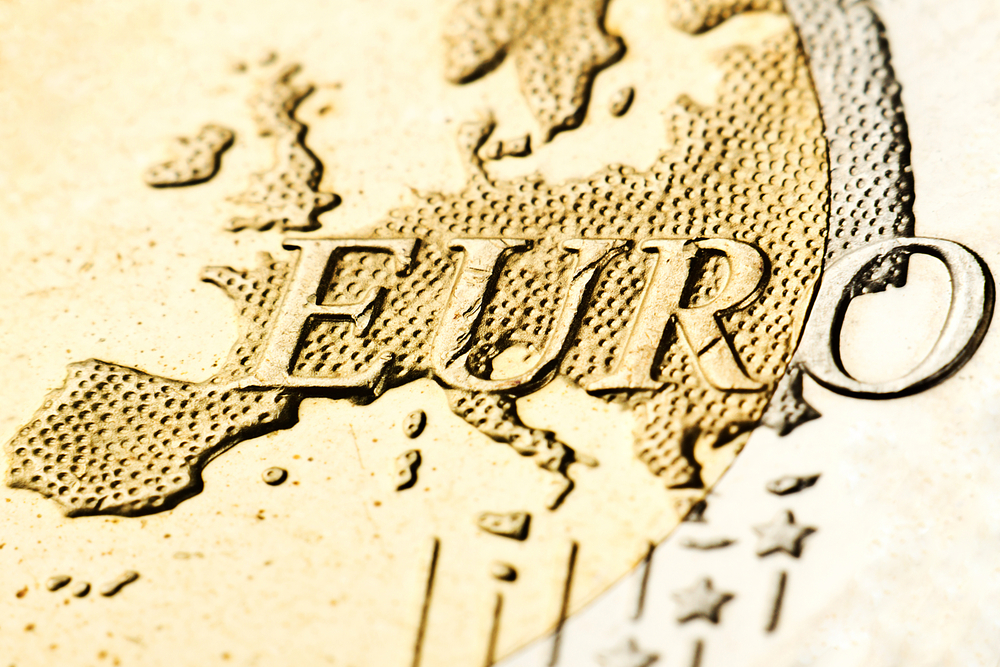After a drop to 1.05 USD/EUR in March 2015, the euro started slowly appreciating again against the US dollar to reach 1.12 USD/EUR at the end of September, according to the European Commission.
At an average of 1.10 USD/EUR for 2015, the euro is forecasted 17% below last year.
According to the Commisson the outlook for 2016 suggests that the EU currency (euro) will remain relatively stable at 1.11 USD/EUR.
However, it says this is a major uncertainty and a further appreciation of the euro could affect EU competitiveness on world markets.
In addition, the Commission highlight that other key EU trading partners are also concerned by currency depreciation against the US dollar.
For example, it cites the similar depreciation forecasted for the New Zealand dollar against the US dollar, lead to no additional comparative advantage for the EU.
Moreover, the higher expected depreciation (30%) of the Brazilian real against the US dollar even strengthens the competitiveness of Brazilian exports compared to the EU, the Commission says.
In addition, it says it leads to an increase of producer prices in local currency stimulating production in Brazil.
Steady worldwide economic growth supporting domestic demand
According to the Commmission’s latest outlook for the Agri-food sector world economic growth is expected to be steady at 2.6% in 2015 and 3.0% in 2016 slightly below previous forecast because of a lower growth expectation in China.
Nevertheless, it says the current forecast maintains significant Chinese GDP growth of 6.5% in 2015 and 6.3% in 2016 (compared to 7.3% in 2014). The growth in China is expected below the one in India for the first time.
Driven by robust internal demand, the Commission says the EU economy could grow by about 2% p.a. In the US, it says the economic growth forecast is at 2.5% and 2.8% in 2015 and 2016 respectively.
The Commission says the appreciation of the dollar is expected to limit US competitiveness on the world market.
In addition, it says the higher income is supporting domestic demand and this translates into a decrease of export potential and higher imports (especially of some agricultural products such as beef or dairy).
